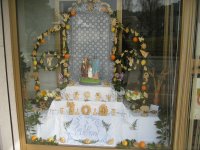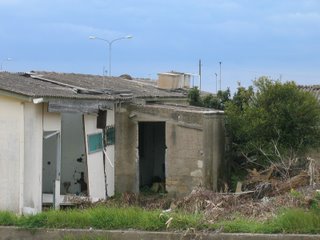While we were flying home, I read with interest an article in the current Alitalia magazine, Ulysses, that was a commentary on the publication “Pocket World in Figures” put out by the British newsmagazine The Economist. It contains the yearly ranking of countries in various categories, comparing one to another. The author, Domenico De Masi, muses that Italy is small, tiny compared to the US or Russia, and that it does not have a large population (it is ranked twenty second in the world), nor do many people speak Italian (about 150 million Italian speakers as compared to three billion English speakers). Yet it is consistently among the top eight nations of the world. De Masi then proceeds to theorize some reasons why based on the rankings he reads:
1. Italians are healthy and sporty, having the top number of physicians in the world, world class medicine, and a fifth place ranking in terms of Olympic medals.
2. Italian quality of life is better than much of the rest of the world (eighth). It is fifth in respect to the number of foreign tourists.
3. Italians are better educated than much of the world (eighth in amount spent on books).
4. The people of Italy are extroverts. In electronic media, they are fourth in the world in telephone usage, third in terms of hosts on the internet.
5. Italians are generous and are ranked seventh in aid-giving in the world.
6. The country does not spend a lot on research (25th place) but is inventive and high in patents (18th) and Nobles (10th).
7. Italians are efficient. With the 25th largest workforce, Italy manages to produce a lot (sixth place).
8. Italians live longer and more wisely, being second in longevity (behind Japan) and listening to the oldsters in the family.
On this last point, the author muses that because of the large number of elderly, Italians tend to appreciate peace more. I believe that is true, but I also think that anybody born in the 40’s or earlier had to live through the second world war being fought in their backyards. That cannot help but dissuade people from the glamour of war.
All of this interesting stuff is hardly unbiased and can be read as self promotion, coming from a magazine for captive audiences of tourists. Yet I find Italy’s rank in the world interesting because I just read that this country was about to fall from its eighth place economic position. It is now challenged by the up and coming mega economy of China and not far behind, a flourishing Indian economy. And although I do not dispute the facts and figures the author cites from such a respectable magazine as The Economist, I note that figures in the Time 2006 Almanac disputes some of the standings cited (eg. longevity-Italy is number 10, and does not even make its “most liveable countries” list). But any writer can search for and play around with figures and note trends to prove or disprove points. I still think Italy is an amazing country, especially Sicily, even though there are now more Sicilians in the states than there are in Sicily.
So figures aside, I try to understand what make Italy the “belpaese,” with cachet right up there with the big guys in size and population. I personally think it is because Italy and all things Italian have style! Italy is a concept, maybe not as honest or just as it might be, nor as rich or dignified as some, but it shares with the whole world an enjoyment of life that makes Italians naturally enjoy each day here. Italy is a perfect blue sky, an incredibly flavorful orange, a gorgeous man in an Armani suit in front of you at the cash register. Italians always make me remember I am alive for good or for bad. What a way to retire!







